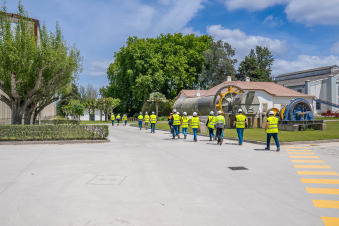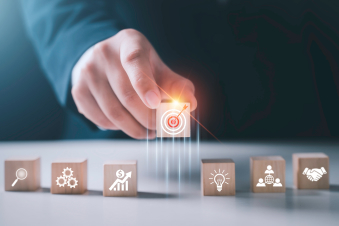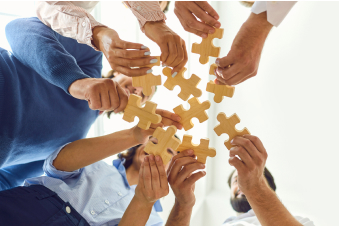Isabel Viegas holds a degree in Psychology and a Master’s in Human Resources Policies and Management. A lecturer at Universidade Católica, she is also co-founder of the non-profit association d’NOVO, which values and promotes qualified senior professional activity in Portugal.
After more than three years as Chief People Officer at Semapa, and at 67 years old, Isabel Viegas is now closing a chapter, while remaining connected to the Group as a consultant. In this interview, she tells us how it all began, the transformation process in the holding company’s culture and its subsidiaries, the daily dedication to people, and the value of a purpose that became the Group’s motto. *Making it better*: doing better today than yesterday. Isabel Viegas set the best example.





